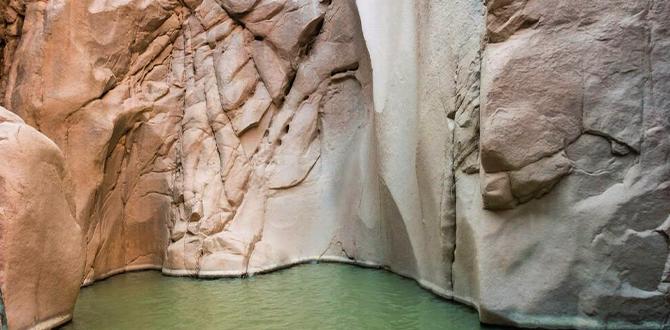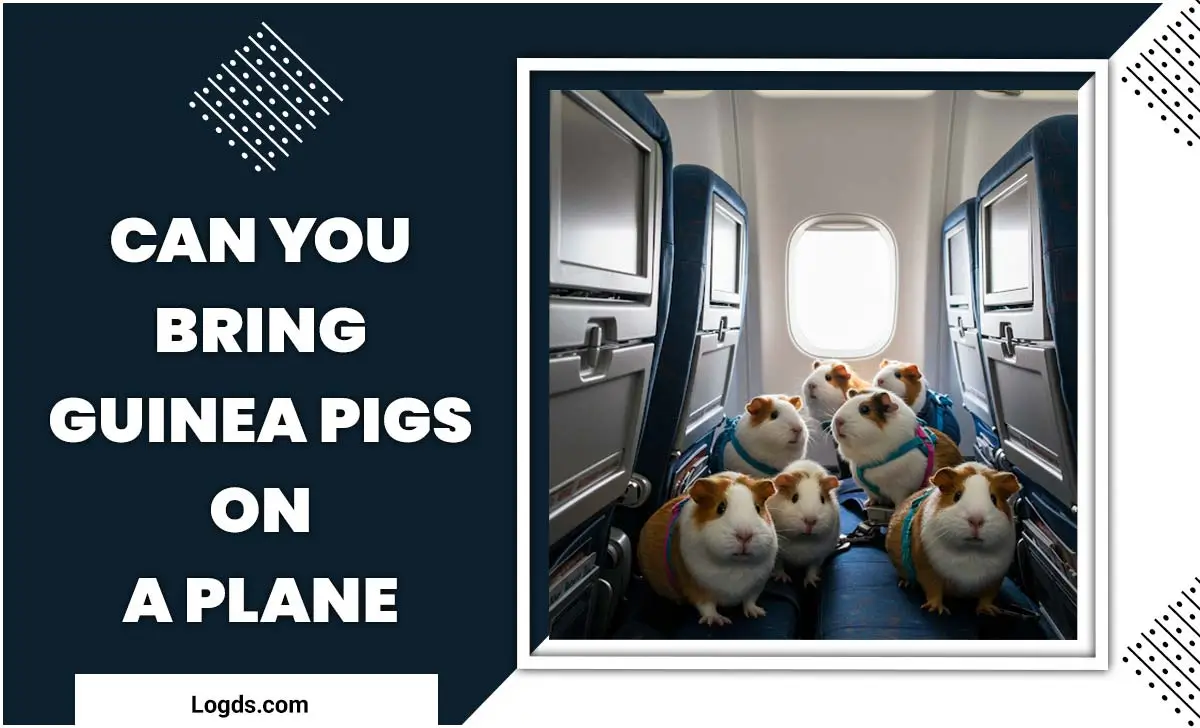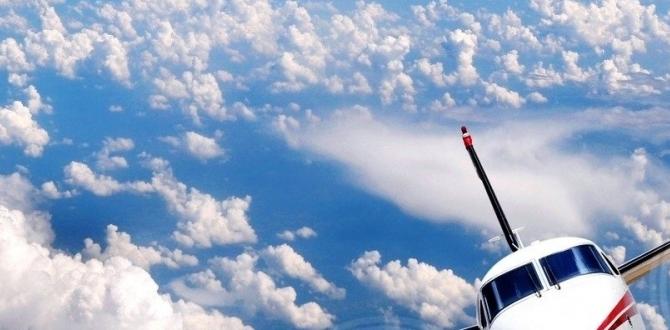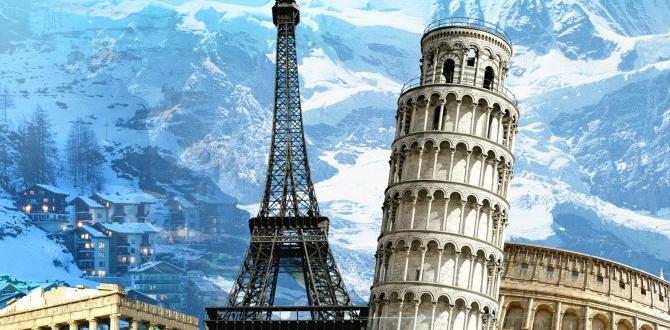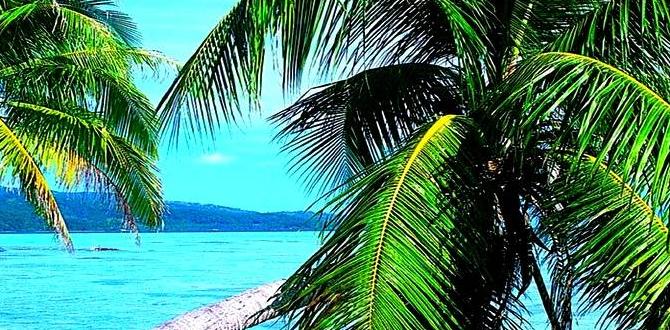Atacama Desert accessible travel is possible with careful planning, focusing on accessible tours, accommodations, and transport. This guide provides essential tips to ensure a comfortable and unforgettable journey.
Visiting the Atacama Desert might sound challenging, given its remote and rugged nature. Many imagine endless sand dunes and unpaved roads, which can make travel planning seem daunting, especially if you have mobility concerns or are traveling with family. But don’t let that stop you! The Atacama is more accessible than you might think, and with the right preparation, you can experience its breathtaking landscapes and unique phenomena with ease and comfort.
This guide is designed to break down the planning process into simple, manageable steps. We’ll cover everything from choosing the right tours and accommodations to navigating transportation and ensuring you have the necessary comforts, like convenient personal care solutions for a stress-free adventure. Get ready to discover the magic of the driest desert on Earth, without the worry.
Atacama Desert Accessible Travel: Your Essential Guide
The Atacama Desert, a vast, surreal landscape in northern Chile, is famous for its stark beauty, lunar-like valleys, geysers, and incredibly clear night skies perfect for stargazing. While it’s an adventure destination, making it accessible for travelers with varying needs is increasingly becoming a priority. This guide is your ticket to planning a comfortable and enjoyable trip to this extraordinary part of the world.
Understanding Atacama’s Accessibility Landscape
It’s true that the Atacama is a natural environment. However, the main hub for tourism, San Pedro de Atacama, and the operators within it are becoming more aware of accessible travel needs. This means that while you might encounter some uneven terrain, the core infrastructure and many popular tours can be adapted or are already suitable for a wider range of travelers.
Your Planning Checklist for Accessible Atacama Travel
Successful accessible travel hinges on thorough preparation. Here’s a checklist to get you started:
- Research & Book Accommodation: Prioritize hotels and lodges that explicitly mention accessible features.
- Choose Accessible Tours: Look for tour operators known for their flexibility and willingness to accommodate specific needs.
- Arrange Transportation: Secure reliable transport from the airport to your accommodation and for any onward travel.
- Pack Smart: Bring essential comfort items and any personal care needs.
- Communicate Your Needs: Clearly inform your accommodation and tour providers about any requirements in advance.
- Stay Informed: Check the latest travel advisories and accessibility information for the region.
Finding Accessible Accommodation in San Pedro De Atacama
Your base in San Pedro de Atacama is crucial for comfort. Many hotels are located within the town, offering varying levels of accessibility. When booking, focus on:
- Ground Floor Rooms: These eliminate the need for elevators and reduce stair reliance.
- Roll-in Showers: Essential for wheelchair users or those with mobility challenges.
- Grab Bars: Look for these in bathrooms for added safety and support.
- Ramp Access: Check if the hotel has ramps at entrances and throughout common areas.
- Proximity to Town: Staying centrally located can minimize travel distances within San Pedro.
It’s always best to contact hotels directly and ask specific questions about their accessibility features. Websites like Booking.com or TripAdvisor often have filters, but direct communication provides the most accurate details.
Accessible Tours and Excursions in the Atacama
The Atacama’s star attractions include the Moon Valley, El Tatio Geysers, the Atacama Salt Flat, and its world-renowned stargazing tours. While some sites involve natural terrain, many tour operators are willing to make adjustments.
Popular Accessible Atacama Experiences (and how to approach them):
1. Valle de la Luna (Moon Valley) and Valle de la Muerte (Death Valley):
- Accessibility: These areas have some paved paths and viewpoints, but can be sandy.
- Tips: Opt for tours that focus on the main viewpoints accessible by vehicle. Some operators offer tours with shorter walking sections or can adapt the itinerary. Inform your guide about your mobility level so they can tailor the experience.
2. Salar de Atacama (Atacama Salt Flat) and Laguna Chaxa:
- Accessibility: The main visitor areas around Laguna Chaxa are generally flat and gravelly.
- Tips: This is often quite accessible. Ensure your vehicle can get close to the viewing areas. The vastness of the salt flat is best enjoyed from accessible vantage points.
3. Géiseres El Tatio (El Tatio Geysers):
- Accessibility: This is one of the highest-altitude geyser fields in the world. The wooden walkways around the geysers are relatively flat.
- Tips: The altitude can be a factor for some. Pre-booking a tour with a comfortable vehicle that can handle the mountain roads is essential. The geyser field itself has walkways, but staying on them is important for safety and accessibility. Go early when the steam is most visible.
4. Stargazing Tours:
- Accessibility: Most observatories and tour operators are set up to welcome all visitors. The viewing platforms are typically accessible.
- Tips: This is one of the most accessible and highly recommended activities. The clear desert air makes for unparalleled views of the cosmos. Ensure your transport to the viewing site is comfortable.
Choosing the Right Tour Operator:
When selecting a tour operator, look for:
- Clear Communication: They should be happy to discuss accessibility needs upfront.
- Flexible Itineraries: Some operators can customize tours.
- Comfortable Vehicles: Inquire about the type of vehicle used – a van or SUV might be more comfortable than a small car, especially for longer distances or uneven roads.
- Experienced Guides: Guides who understand different needs can make a huge difference.
Navigating Transportation and Transfers
Getting to and around the Atacama requires a bit of planning. The nearest major airport is El Loa Calama Airport (CJC).
Airport Transfers:
- Shared Shuttles: Many companies offer shared shuttle services from Calama Airport to San Pedro de Atacama. These are generally comfortable and cost-effective. You can book these in advance online.
- Private Transfers: For maximum comfort and direct service, a private transfer is an excellent option. This allows you to specify vehicle type if needed and travel on your own schedule.
- Taxis: Taxis are available at the airport, but pre-booking ensures availability and potentially a more suitable vehicle.
Getting Around San Pedro:
San Pedro de Atacama itself is a small town. Many accommodations and restaurants are within walking distance of each other. However, the streets can be unpaved and uneven.
- Walking: If you have good mobility, walking is a viable option.
- Taxis/Remises: Local taxis are available for short trips within town or to nearby sites.
- Rental Cars: Renting a car can offer flexibility, but consider the road conditions. A 4×4 might be beneficial for some excursions, but many popular tours use specialized vehicles.
It’s always advisable to arrange your primary transport (airport transfers) and any significant inter-town travel in advance. For local trips, you can often arrange transport through your hotel.
Essential Packing for Comfort and Convenience
Packing for the Atacama needs to consider its unique climate – extreme temperature fluctuations between day and night, and intense sun during the day. For accessible travel, comfort and functionality are key.
Clothing Essentials:
- Layers are Key: The desert experiences dramatic temperature changes. Pack light, breathable layers for daytime and warmer fleece or down jackets for the cold nights and early mornings (especially for geyser tours).
- Sun Protection: Wide-brimmed hats, sunglasses, and high SPF sunscreen are non-negotiable due to the strong sun.
- Comfortable Footwear: Sturdy, closed-toe walking shoes are a must, even if you’re not doing strenuous hikes. If you use a wheelchair, ensure your companions have appropriate footwear for any assistance needed.
- Long Pants and Sleeves: Even during the day, they protect from the sun and cooler breezes.
Personal Care and Comfort Items:
For travelers who may need additional support for personal care, carrying essentials can make a significant difference in comfort and confidence. This can include items like overnight adult diapers or pull-up underwear for extended tours or nighttime use, designed for discretion and absorbency. Having these readily available can alleviate stress and allow you to focus on enjoying the incredible sights.
- Moisturizing Lotion: The dry air can dehydrate skin.
- Lip Balm with SPF: Protect your lips.
- Reusable Water Bottle: Stay hydrated, as the desert air is very dry. Consider a bottle with a straw for easier drinking during tours if needed.
- Wet Wipes/Hand Sanitizer: Useful for freshening up.
- Any Personal Medications: Keep them in their original packaging with prescriptions.
Tip for longer tours: If you’re concerned about extended periods away from facilities, especially on full-day tours, discreet and reliable personal care products like adult diapers can provide peace of mind. Brands often offer options designed for maximum absorbency and comfort, making them ideal for travel. Storing a few discreetly in a day bag can be a great proactive measure.
Navigating Altitude Sickness
Many attractions in the Atacama are at high altitudes (San Pedro is at 2,400 meters, El Tatio Geysers are over 4,300 meters). Altitude sickness can affect anyone, regardless of physical fitness. Taking precautions can help ensure a comfortable trip.
- Acclimatize: Spend your first day in San Pedro taking it easy. Avoid strenuous activity and alcohol.
- Stay Hydrated: Drink plenty of water.
- Eat Lightly: Avoid heavy meals, particularly on your first day.
- Avoid Alcohol and Smoking: These can exacerbate altitude sickness symptoms.
- Consider Medication: Consult your doctor about prescription medications like Diamox (acetazolamide) which can help prevent or treat altitude sickness.
- Listen to Your Body: If you feel unwell, rest and inform your guide or hotel staff.
Sample Accessible Atacama Itinerary (3 Days)
This sample itinerary balances popular sights with considerations for accessibility and comfort. It assumes you’ve arranged accessible airport transfers and accommodation.
Day 1: Arrival and San Pedro Exploration
- Morning/Afternoon: Arrive at El Loa Calama Airport (CJC), transfer to your accessible accommodation in San Pedro de Atacama.
- Late Afternoon: Settle in. Take a relaxed stroll through the town center, observing its adobe architecture. Visit the local market for handicrafts. Inform yourself about local taxi services.
- Evening: Enjoy an early, light dinner at a restaurant with accessible tables.
Day 2: Moon Valley and Sunset
- Morning: Rest and hydrate. Have a light breakfast.
- Afternoon (around 3 PM): Embark on a guided tour to Valle de la Luna and Valle de la Muerte. Ensure the tour operator confirms that they can focus on accessible viewpoints and manage walking distances. Enjoy the striking geological formations.
- Sunset: Witness the spectacular sunset over the Andes from a designated viewpoint accessible to your tour vehicle.
- Evening: Return for dinner. Afterwards, head to a stargazing tour. Most operators have accessible platforms and seating.
Day 3: Salt Flats and Departure Preparation
- Morning: Take a tour to the Salar de Atacama and Laguna Chaxa. These areas typically offer good accessibility with flat, gravel paths. Observe the flamingos and vast salt crust.
- Lunch: Enjoy lunch, perhaps a packed lunch provided by your tour or at a local eatery.
- Afternoon: Free time for any last-minute souvenir shopping or relaxation. Ensure you have all your belongings packed and personal care items are comfortably stored for travel.
- Evening: Depart from San Pedro. Arrange for your accessible transfer back to El Loa Calama Airport (CJC) for your onward journey.
Note: This is a sample. Always confirm the specific accessibility of each location and tour with the provider.
Table: Pros and Cons of Accessible Atacama Travel
| Aspect | Pros | Cons |
|---|---|---|
| Natural Beauty | Unparalleled landscapes, unique geological formations, incredible stargazing. Offers breathtaking sensory experiences. | Terrain can be challenging; some natural paths are uneven or sandy. Extreme weather conditions (sun, cold). |
| Tourism Development | San Pedro de Atacama has developing infrastructure; many tour operators are increasingly accommodating. Accessible accommodation options are growing. | Accessibility is still evolving; not all sites are fully accessible. Some infrastructure may not meet international standards. |
| Tour & Accommodation Options | Dedicated accessible tours are becoming more common. Hotels are starting to offer accessible rooms with essential features. Direct communication helps secure suitable options. | Limited number of truly “accessible” accommodations and tour groups may require booking well in advance. Specific needs can sometimes limit choices. |
| Transportation | Reliable airport transfers available. Private transport can be arranged for comfort and specific needs. San Pedro town is compact. | Getting to remote attractions may require specialized vehicles. Public transport is limited, making private or guided transfers more practical. |
| Personal Comfort | With careful planning and appropriate personal care items (like discreet adult diapers if needed), comfort can be maintained throughout the trip. | Long tour durations, extreme climate variations, and limited public restrooms can pose challenges without pre-planning personal care strategies. |
Tips for Communicating Your Needs Effectively
Clear and proactive communication is your best tool for accessible travel. When contacting hotels or tour operators:
- Be Specific: Instead of saying “I have mobility issues,” say “I use a wheelchair for distances over 100 meters” or “I need a room with a roll-in shower.”
- Confirm Details: Ask follow-up questions. If a hotel says they have ramp access, ask about specific points like the entrance and restaurant.
- Reiterate Before Arrival: A week or a few days before your trip, reconfirm your requirements with your accommodation and tour provider.
- Be Polite and Patient: Most people want to help. Approach them with respect and understanding.
Resources for Accessible Travel
While specific Atacama accessibility resources can be limited, general accessibility travel principles apply. Always check the official tourism websites for Chile and the Atacama region for any updates.
- SERNATUR (Chile’s National Tourism Service): https://chile.travel/en – While not always having detailed accessibility info, it’s the official source for travel in Chile.
- Local Tour Operators: Search for tour operators in San Pedro de Atacama that highlight “custom tours” or “private tours,” as these are more likely to be adaptable.
- Travel Blogs & Forums: Look for recent reviews or discussions from travelers with similar needs.
For general information on air travel and personal care during flights, reliable sources like the International Air Transport Association (IATA) offer guidelines that promote comfortable and safe journeys for all passengers.
FAQs
Q1: Is the Atacama Desert suitable for wheelchair users?
A1: San Pedro de Atacama can be navigated with a wheelchair, though some streets are unpaved and sandy. Many popular viewpoints in national parks have accessible paths, and tour operators are often willing to adapt itineraries. Direct communication with tour providers is essential to confirm specific arrangements.
Q2: What are the best accessible accommodations in San Pedro de Atacama?
A2: Look for hotels that offer ground-floor rooms, roll-in showers, and grab bars. It’s highly recommended to contact hotels directly and inquire about their specific accessible facilities and services before booking. Central locations can also be beneficial to minimize travel within town.

